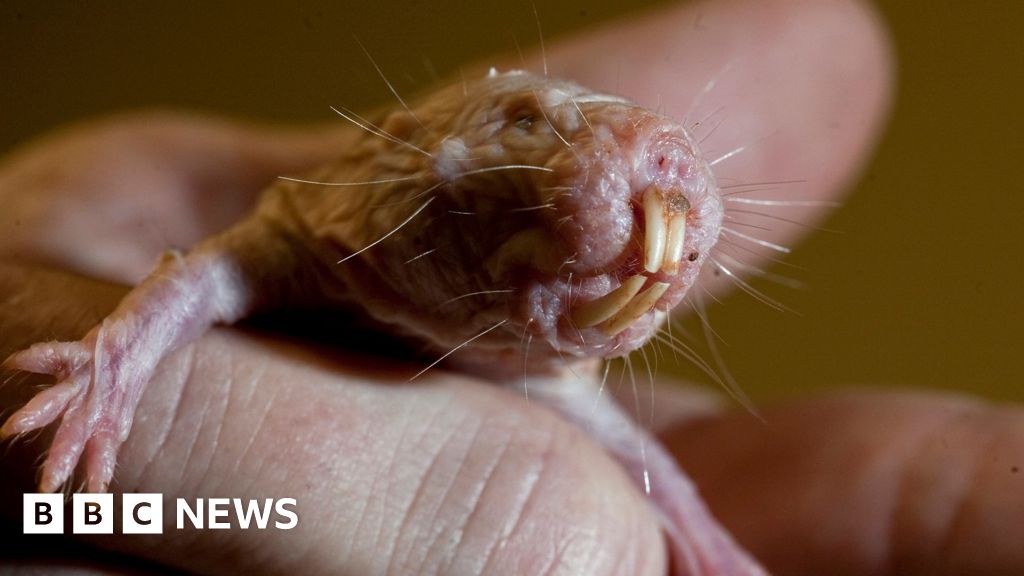Roughly 11 miles off Charleston, a doomed schooner rests on the seafloor, a shipwreck that over the past century quietly created a kaleidoscope of tropical sea life: corals, octopi and sponges. For the first time, a College of Charleston marine biologist captured this hidden world in a single, stunning image.
The scientist, Phil Dustan, said he and local diver Tom Robinson spent a day several years ago swimming over the shipwreck of the Frederick W. Day, snapping photographs one second at a time. Then he spent months using software to stitch more than 1,200 images together.
The result is an unusual overhead view of the schooner’s cargo — bags of cement packed tight in the hull and together forming the shape of a giant cob of corn.
“It’s really the only place locally where I dive,” Dustan said of the wreck site. “It’s a tropical oasis in a sand plain.”

Frederick W. Day schooner. Courtesy of Maine Maritime Museum.
In its heyday, the Frederick W. Day was about 170 feet long, a four-masted monument to the power of sailing and its coming decline. In 1914, it set off from New York toward Wilmington, North Carolina, with large bags of powdered Portland cement in its hold.
But off the Outer Banks, the ship collided with an unknown object and began taking on water. High winds pushed the stricken schooner toward Charleston. But the pumps gave out, the seawater hit that powder cement, and the ship went down like the concrete its cargo would eventually become. The crew made it safely to shore in a lifeboat.
Time passed, and the shipwreck faded from people’s memories. Nautical charts put it in the wrong spot. Undisturbed and about 60 feet below the surface, an undersea world grew up on the surfaces and cracks of the hardening cement.
In the early 1980s, local divers, including Tom Robinson, rediscovered the wreck and a surprising abundance of tropical life — an ecosystem you might see diving in Florida. There were stony Oculina corals, puffer fish, amberjack, damselfish, Tiger sharks and manta rays. In 2015, Robinson told The Post and Courier that the reef “looked like a Dr. Seuss picture or the Beatles’ Octopus’s Garden.”

A capture from video shows Dustan using a camera to shoot thousands of photographs, which he stitched together using computer software.
Robinson in 2021 retired from his company, Charleston Scuba, after an arsonist set fire to his shop off Savannah Highway. But he remains one of the wreck site’s most ardent defenders.
He and Dustan dove there a month ago. The wreck site is still beautiful, Robinson said, “but it’s overfished.” He said he didn’t see any spade fish, a striped species that used to be abundant until spearfishing divers moved in.
He and Dustan have been pushing unsuccessfully for years to create a “no-take” zone or marine sanctuary but got pushback from fishing interests. “Spearfishing is a blood sport in the United States,” Robinson said, adding that tropical destinations such as the Cayman Islands have found it in their economic self interest to set aside areas to protect sea life for eco-tours.
For now, Dustan said he hopes the image can lay the foundation for future photographic excursions to the reef. In past dives, he’s seen how warmer waters bleached corals on the Frederick W. Day just as they have farther south. “I see it as a good climate indicator,” he said. Until then, he hopes the image he and Robinson created opens people’s eyes to a world hidden below the waves, one worth protecting.

A hooked fish, near the site of a shipwreck carrying bags of cement, 11 miles off the Charleston coast.


